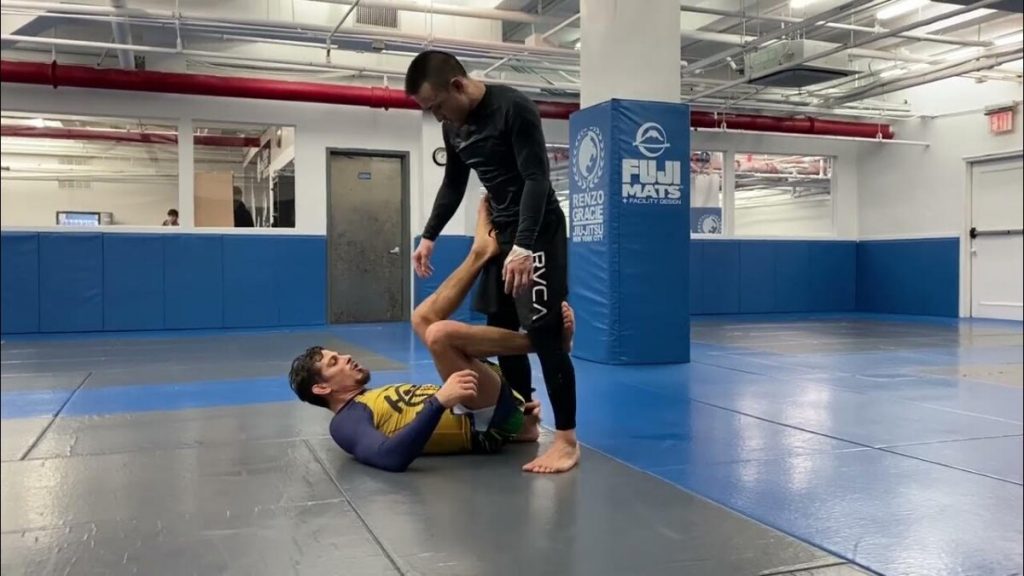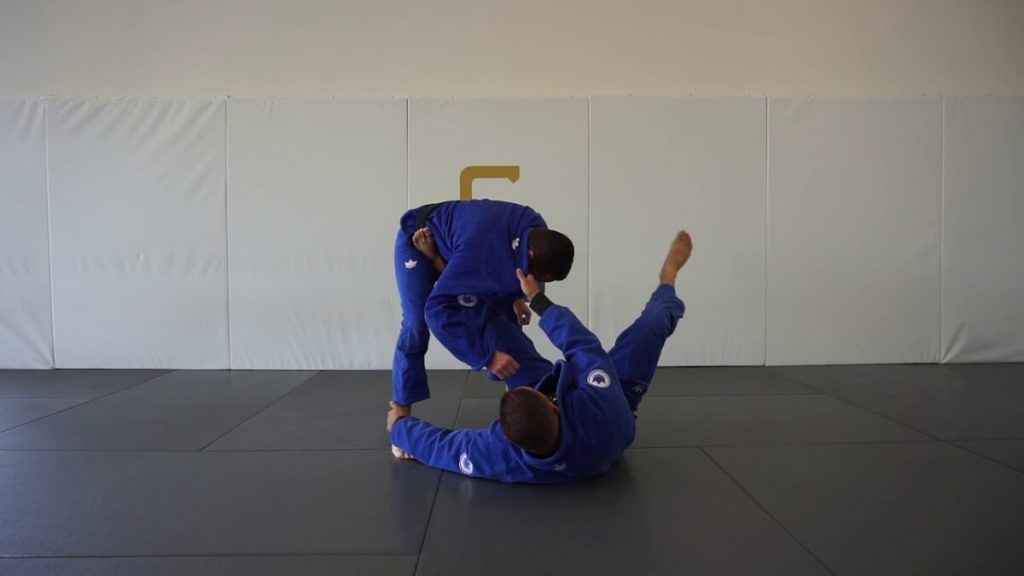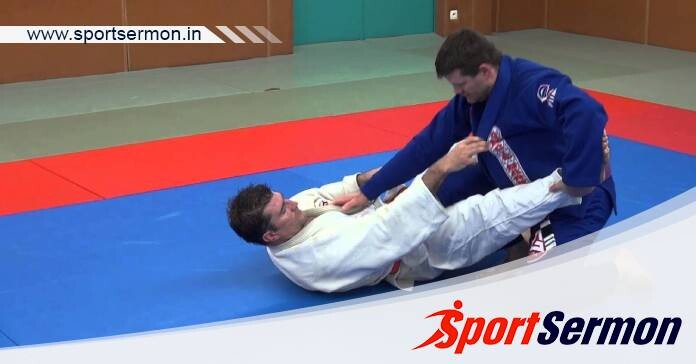BJJ Tripod Sweep: The martial art of Brazilian Jiu-Jitsu is well-known for its intricate methods and ongoing development. Of all the techniques available, the tripod sweep is one of the most important ones for a Jiu-Jitsu practitioner to know. The tripod sweep is a skill that’s well-known for its adaptability and efficiency. It lets you sweep your opponent from a guard position to a dominant position or submission opportunity. This article delves into the intricacies of the traditional tripod sweep, examining its workings, handling techniques, and appropriate instances to employ it throughout a game.
The Tripod Sweep: What Is It?
Since the tripod sweep may be used from a variety of guard positions, it is frequently one of the first sweeps taught to novice Brazilian Jiu-Jitsu practitioners. In essence, a tripod sweep involves controlling your opponent’s legs while using off-balancing, or kuzushi, to drive them onto the mat. The tripod sweep has several versions in Brazilian Jiu Jitsu, but the basic idea is to hold your opponent’s legs and off-balance them.
The simplicity of the tripod sweep is what makes it such a powerful manoeuvre. If you obtain the right grips and body alignment, tripod sweeps may instantly disable an opponent once they stand up. Additionally, it is a grappling technique that may be used in mixed martial arts (MMA) and other grappling styles. Now let’s examine the method and its modifications.
You might also be interested in reading this: The 5 De La Riva Sweeps That Every Novice Must Know
8 Tripod Sweeps You Need to Be Aware of

A well-respected blackbelt in BJJ, Professor Gustavo Gasperin is an expert in the art. He offers eight different tripod sweep variants that he believes are crucial for grapplers of all skill levels.
The tripod sweep from the basic open guard is the first method. When your opponent gets up to break free from your closed guard, you may use your hips and knees to drive them backwards and cup their ankles to sweep them over. The first several months of instruction are often spent teaching this, the most basic version of the tripod sweep.
Using your feet on your opponent’s hips, you execute the tripod sweep as the second technique. In case you are unable to maintain your legs encircling their hips, this is a helpful substitute. All things considered, the mechanics remain unchanged.
If your opponent is positioned staggered, your third tactic is the tripod sweep. As you loop your shoelaces around their far leg, use your hand to hold the foot nearest to you. To sweep someone over, place your other leg across their hip and apply pressure.
The sickle sweep from the open guard is the fourth technique. Though your legs are positioned differently—your left leg is on the opponent’s same side leg, and your right foot is close to the hip—the method is basically the same as the prior one. This variation’s primary distinction is that, rather than pulling your legs over for the sweep, you use them in a push-pull action.
The sixth move is the notorious double kouchi, often known as the dummy sweep, which was popularised by Gordon Ryan and Marcelo Garcia. Using this simple method, you press your opponent’s knees or hips while tying your shoelaces behind their ankles. It is a really good strategy with very few drawbacks.
Tripod sweep from single-leg X (SLX) guard is the sixth technique. You can start by assuming the single-leg X position and proceed in whatever manner you like. Gustavo demonstrates a shin-to-shin entrance. Once you’ve created the single-leg X guard, grab both ankles and push with your hips to finish the sweep.
The tripod sweep from the modified X guard or overhook is the last method. You can go to the overhook X by making a figure eight with your legs and grabbing their foot if your opponent presses your outer foot during the SLX guard. From this position, sweep one foot across the ankle and the other almost to the hip.
In wrestle-up form, finish with a tripod sweep from the shin to the shin guard. To finish them off, lift their leg with your hook, grab their far leg, and execute a double leg takedown. Many sportsmen these days would much prefer execute wrestle-ups in order to remove the guard. For wrestlers of all skill levels, this is a great approach to wrestle-ups.
Advice And Suggestions
Recognise that in order for the tripod sweep method to be effective, timing and a solid awareness of position are necessary. You must do your hardest to create strength with your hips in order to sweep your opponent over, as a significant portion of the sweep is grasping their feet. Your opponent may eventually guard passes if you are not producing enough power. Tripod sweeps can also benefit from the use of misdirection. Remain flexible and adaptable while changing your grips (even arrangement) in response to your opponent’s body positioning and distribution of weight. Since the tripod sweep is intended to be performed during a transition, mobility is essential to its effectiveness.
The Repetition Process

The tripod sweep is highly dependent on weight displacement and sensitivity, therefore practice makes perfect. Please set aside some time to practise doing these sweeps, from the entry to the actual sweep. It’s important to go over each tripod sweep phase in depth since they all demand a strong grasp of spatial perception. Keep in mind that doing the sweep correctly requires the cooperation of your entire body; it is not a brute force technique. Improve these sweeps until they run on autopilot.
In summary
A flexible and potent move that may take your opponent off guard and result in submissions or dominant situations is the BJJ Tripod Sweep. Understanding the timing, variations, and mechanics of the tripod sweep can help you expand your BJJ toolkit. As with any technique, the key to success is constant practice and adjustment to your opponent’s reflexes. Now, master this potent sweep by hitting the mats, drilling, sparring, and learning its secrets.

